How and when a supermassive black hole consumes material?
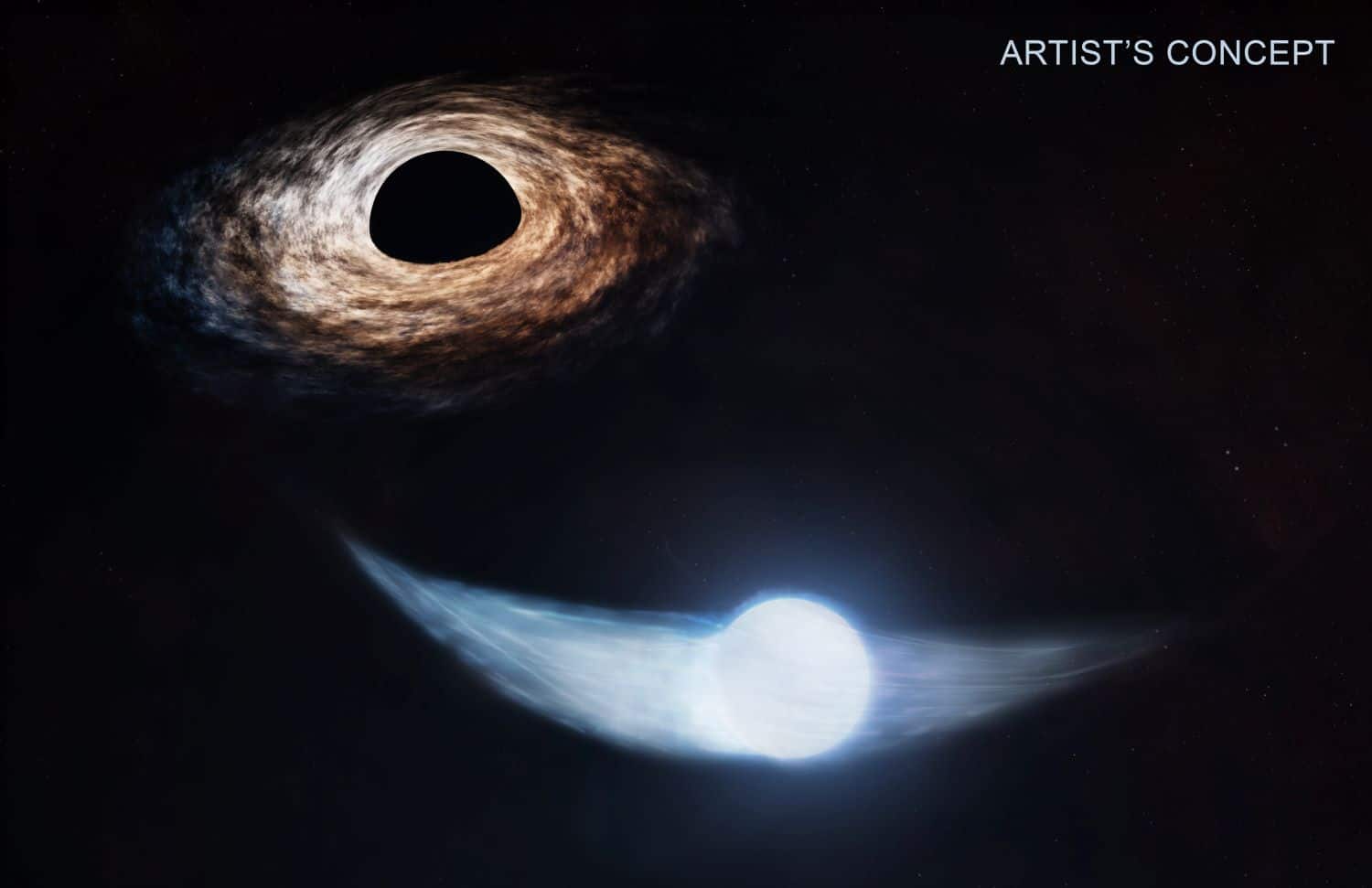
NASA Space Technology
A team of researchers used data from NASA’s Chandra X-ray Observatory, Neil Gehrels Swift Observatory, and ESA’s XMM-Newton to offer a new understanding of how and when a supermassive black hole consumes material.
In 2018, the optical All Sky Automated Survey for SuperNovae noticed a system called AT2018fyk, in which a black hole partially disrupted a star.
ASAS-SN noticed this system had become much brighter. When scientists observed it with NASA’s NICER (Neutron Star Interior Composition Explorer) and Chandra and XMM-Newton, they found that the brightness came from TDE, which signifies that a black hole partially ingested a star after flying too close to a black hole.
The material from the star got hotter and produced X-ray and ultraviolet (UV) light as it approached close to the black hole. These signals then faded, suggesting nothing left of the star for the black hole to digest.
After two years, the X-ray and UV light from the galaxy got much brighter again. What caused this?
According to the research team, the star likely survived the initial gravitational grab by the black hole and then entered a highly elliptical orbit with the black hole. The resulting pulled-off material produced more X-ray and UV light during its second close approach to the black hole.
Thomas Wevers from the Space Telescope Science Institute in Baltimore said, “Initially, we thought this was a garden-variety case of a black hole ripping a star apart. But instead, the star appears to be living to die another day.”
Based on information about the star and its orbit, the team predicted that the black hole’s second meal would end in August 2023 and applied for Chandra observing time to check.
“The telltale sign of this stellar snack ending would be a sudden drop in the X-rays, and that’s exactly what we see in our Chandra observations on Aug. 14, 2023,” said Dheeraj Pasham of the Massachusetts Institute of Technology, the leader of a new paper on these results. “Our data show that in August last year, the black hole was essentially wiping its mouth and pushing back from the table.”
The data obtained from Chandra and Swift offer a better estimate of how long the star takes to complete an orbit and future mealtimes for the black hole. They found that the star approaches the black hole once every three and a half years.
“We think that a third meal by the black hole if anything is left of the star, will begin between May and August of 2025 and last for almost two years,” said Eric Coughlin, a co-author of the new paper from Syracuse University in New York. “This will probably be more of a snack than a full meal because the second meal was smaller than the first, and the star is being whittled away.”
According to the authors, the doomed star had another companion star as it approached the black hole. When the stellar pair got too close to the black hole, however, the gravity from the black hole pulled the two stars apart. One entered the orbit with the black hole, and the other was tossed into space at high speed.
“The doomed star was forced to make a drastic change in companions from another star to a giant black hole,” said co-author Muryel Guolo of Johns Hopkins University in Baltimore. “Its stellar partner escaped, but it did not.”
Journal Reference:
- Dheeraj Pasham (MIT), Eric Coughlin (Syracuse), Muryel Guolo (JHU), Thomas Wevers (Space Telescope Science Institute), Chris Nixon (Leeds), Jason T. Hinkle (Hawaii), Ananya Bandopadhyay. A Potential Second Shutoff from AT2018fyk: An updated Orbital Ephemeris of the Surviving Star under the Repeating Partial Tidal Disruption Event Paradigm. The Astrophysical Journal Letters. DOI: 10.48550/arXiv.2406.18124

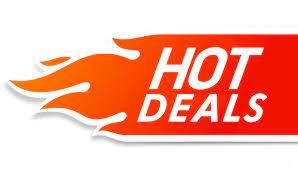

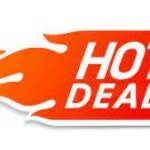 Hot Deals
Hot Deals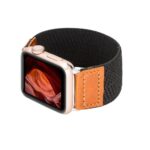 Shopfinish
Shopfinish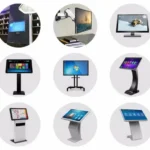 Shop
Shop Appliances
Appliances Babies & Kids
Babies & Kids Best Selling
Best Selling Books
Books Consumer Electronics
Consumer Electronics Furniture
Furniture Home & Kitchen
Home & Kitchen Jewelry
Jewelry Luxury & Beauty
Luxury & Beauty Shoes
Shoes Training & Certifications
Training & Certifications Wears & Clothings
Wears & Clothings
















